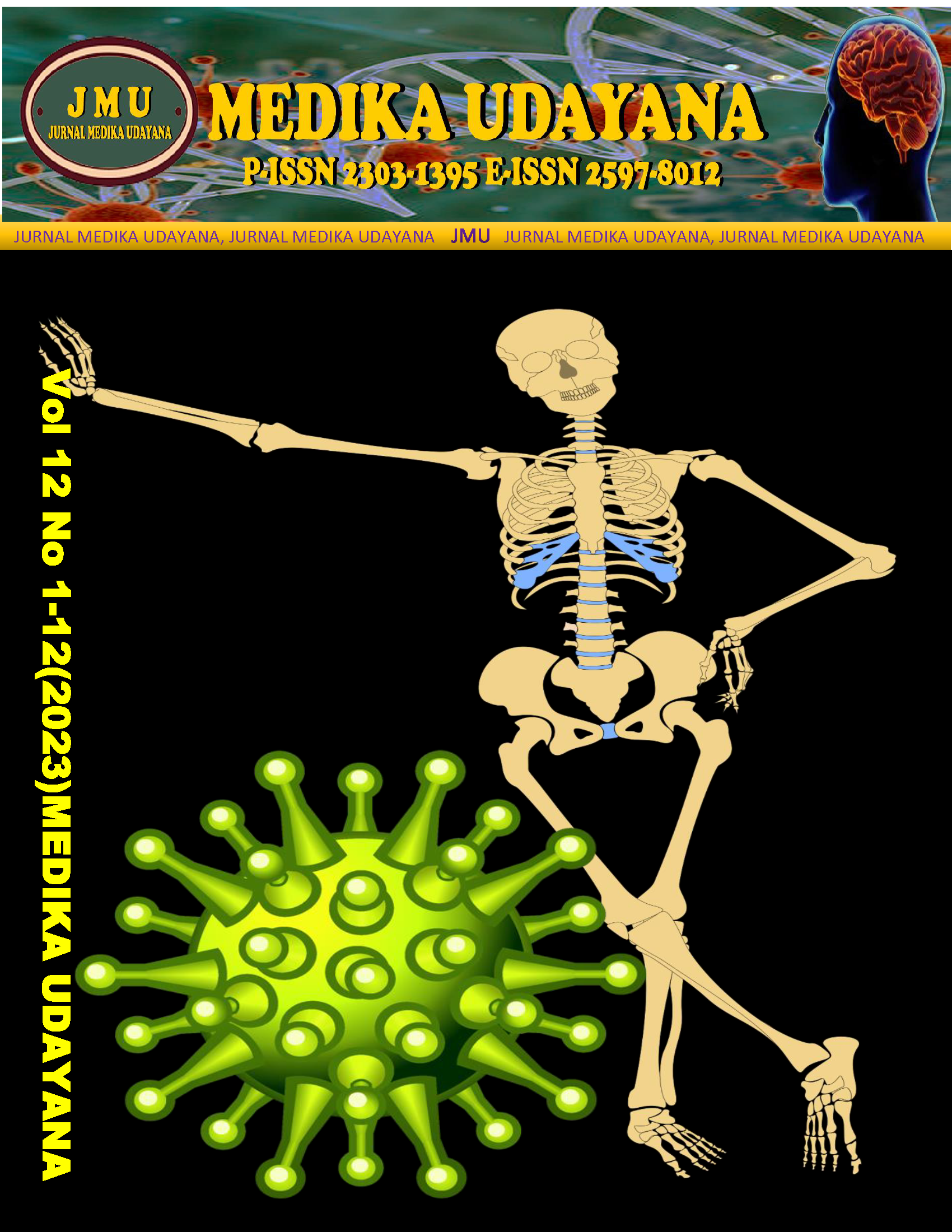Inhibition Test of Sambiloto (Andrographis paniculata Nees) and Moringa (Moringa oleifera L.) Leaves Ethanol Extract Against Streptococcus pyogenes Bacteria
Abstract
Cases of infection and antibiotic resistance by Streptococcus pyogenes are increasing. Sambiloto leaf has unique phytochemical, namely andrographolide as antibacterial and other phytochemicals such as alkaloids, flavonoids, phenols, saponins. Meanwhile, moringa leaves which are often consumed as vegetables have antibacterial activity with phytochemicals including vitamin C, alkaloids, flavonoids, phenolics, triterpenoids, and tannins. This study aimed to analyze the inhibition of the ethanolic extract of sambiloto leaf, moringa leaf, and their combination on the growth of Streptococcus pyogenes bacteria in vitro. This type of research is a research using true experimental post-test only control group design. The sample was divided into 2 groups: control group and the treatment group with variations in concentrations of 25%, 50%, 75%, and 100%. Data were analyzed using the SPSS application using Kruskal-Wallis method with p<0.05. The results showed that the ethanolic extract of sambiloto leaves had no inhibition against Streptococcus pyogenes at a concentration of 25%, but had the highest inhibitory power at a concentration of 100%, which was 8.67 mm. The highest inhibitory power of moringa leaf ethanol extract was at 100%, which was 9 mm. The inhibition zone produced by the combination of the ethanol extract of sambiloto and moringa leaves showed a synergistic effect at a concentration of 100%, which was 9.33 mm. The positive control used amoxicillin with an inhibitory zone of 26.4 mm. Sambiloto leaf extract, moringa leaf, and their combination have an inhibitory effect on the growth of Streptococcus pyogenes bacteria with different concentrations of the extracts given.
Keywords: inhibition test, extract, Andrographis paniculata Nees, Moringa oleifera L., Streptococcus pyogenes











